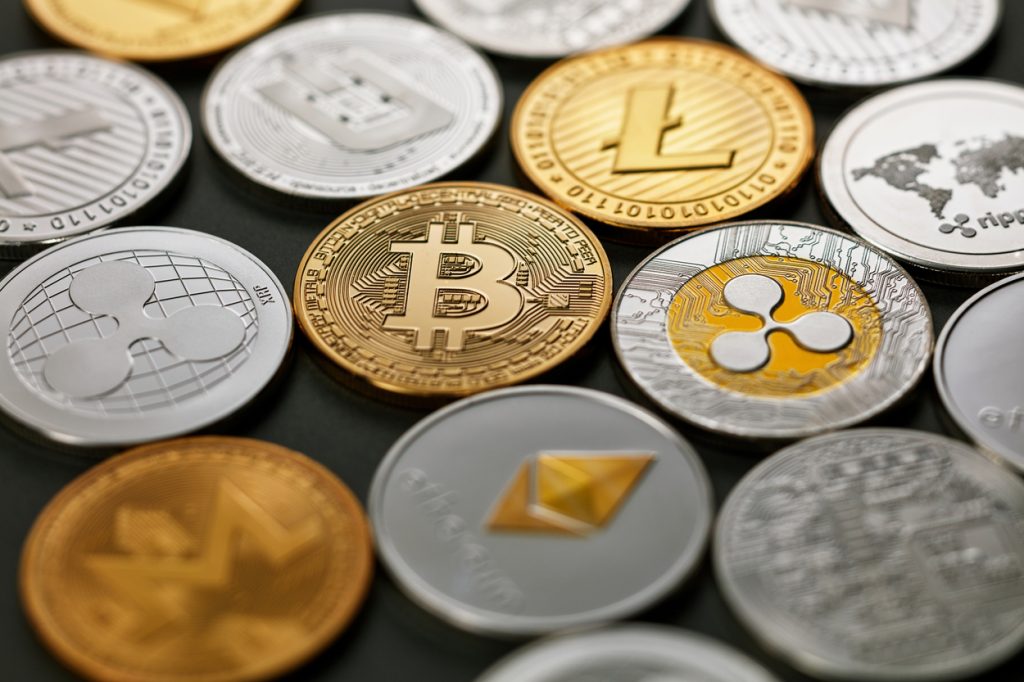How To Make Money With Pennies
Making money with pennies might sound improbable at first, but there are several creative and practical ways to turn these small coins into a substantial sum. Whether through collecting, investing, crafting, or even leveraging penny stocks, here’s a comprehensive guide on how you can make money with pennies.
1. Coin Collecting and Numismatics
Collect Rare Pennies: Some pennies are worth far more than their face value due to their rarity, age, or unique characteristics. For instance, a 1943 copper penny can be worth thousands of dollars because most pennies that year were made of steel to conserve copper for World War II efforts. Similarly, the 1955 double die penny, which has a noticeable doubling of the date and lettering, is highly sought after by collectors.
Condition Matters: The value of a penny can increase significantly if it is in excellent condition. Uncirculated pennies or those with minimal wear can fetch higher prices. Investing in a magnifying glass and learning how to grade coins can help you identify and preserve valuable pennies.
Coin Shows and Auctions: Attend coin shows, auctions, and conventions to buy, sell, or trade pennies. These events are excellent opportunities to meet other collectors, learn more about numismatics, and find rare coins. Online platforms like eBay and dedicated coin auction sites can also be profitable venues for buying and selling valuable pennies.
2. Penny Hoarding and Coin Roll Hunting
Coin Roll Hunting: Coin roll hunting involves searching through rolls of pennies from banks or change to find rare or valuable coins. Key dates, mint marks, and errors can significantly increase a penny's value. For example, pennies minted before 1982 are made of 95% copper and are worth more than their face value due to the metal content.
Hoarding Copper Pennies: Pennies minted before 1982 contain about 2.5 grams of copper. With copper prices fluctuating, these pennies can be worth more than one cent each based on their metal content. Although it is currently illegal to melt down pennies for their copper, holding onto them could be profitable if the law changes or if you sell them to collectors.
3. Crafting and Artistic Uses
Penny Art and Craft Projects: Pennies can be used in various art and craft projects. People create mosaics, jewelry, coasters, tabletops, and even flooring using pennies. These artistic pieces can be sold online on platforms like Etsy or at local craft fairs. The uniqueness and appeal of penny crafts can attract customers willing to pay a premium for handmade, creative items.
Upcycling and Decor: Pennies can be upcycled into decorative items such as picture frames, wall art, and home decor accents. Tutorials and ideas for penny crafts are abundant online, and with some creativity, you can turn a simple penny into a valuable piece of art.
4. Investing in Penny Stocks
Understanding Penny Stocks: Penny stocks are shares of small public companies that trade for less than $5 per share. They can be highly volatile and risky but also offer the potential for significant returns. Conduct thorough research before investing in penny stocks, focusing on the company's financial health, market potential, and industry trends.
Trading Platforms: Use reputable trading platforms to buy and sell penny stocks. Some popular platforms include Robinhood, E*TRADE, and TD Ameritrade. Ensure you understand the fees and commissions associated with trading penny stocks on these platforms.
Risk Management: Invest only what you can afford to lose and diversify your portfolio to mitigate risks. Penny stocks can experience rapid price changes, so staying informed and having a well-thought-out investment strategy is crucial.
5. Teaching and Educating
Coin Collecting Workshops: If you have expertise in numismatics, consider offering workshops or classes on coin collecting. Share your knowledge about identifying valuable pennies, understanding coin grading, and building a collection. Charge a fee for these workshops or create online courses that can be sold on educational platforms like Udemy or Teachable.
Writing and Blogging: Start a blog or write eBooks about coin collecting and investing. Share tips, stories, and guides on how to find and profit from rare pennies. Monetize your blog through ads, affiliate marketing, or selling your eBooks. Establishing yourself as an expert in the field can attract a dedicated audience and create multiple income streams.
6. Using Pennies in Marketing and Promotions
Promotional Gimmicks: Businesses can use pennies in marketing campaigns to attract customers. For example, offering discounts or giveaways involving pennies can create buzz and draw attention. Creative promotions that incorporate pennies can also enhance brand image and customer engagement.
Charity Drives: Organize penny drives for charitable causes. Encourage people to donate their spare change, which can add up significantly. This not only helps a good cause but also raises your profile in the community, potentially leading to increased business or personal opportunities.
7. Practical Money Management
Teaching Kids About Money: Use pennies to teach children about money management, saving, and basic math. Setting up penny jars for different spending categories can help kids understand budgeting and financial responsibility from a young age.
Saving Strategies: Although saving pennies might seem insignificant, it can lead to substantial savings over time. Use penny-saving challenges or penny jars as a fun way to accumulate extra cash for specific goals or emergencies.
Making money with pennies involves creativity, knowledge, and a keen eye for value. Whether through coin collecting, crafting, investing in penny stocks, or leveraging pennies in unique ways, there are multiple avenues to explore. By understanding the potential hidden in these small coins and implementing strategic approaches, you can turn pennies into profitable ventures.
































0 Comments